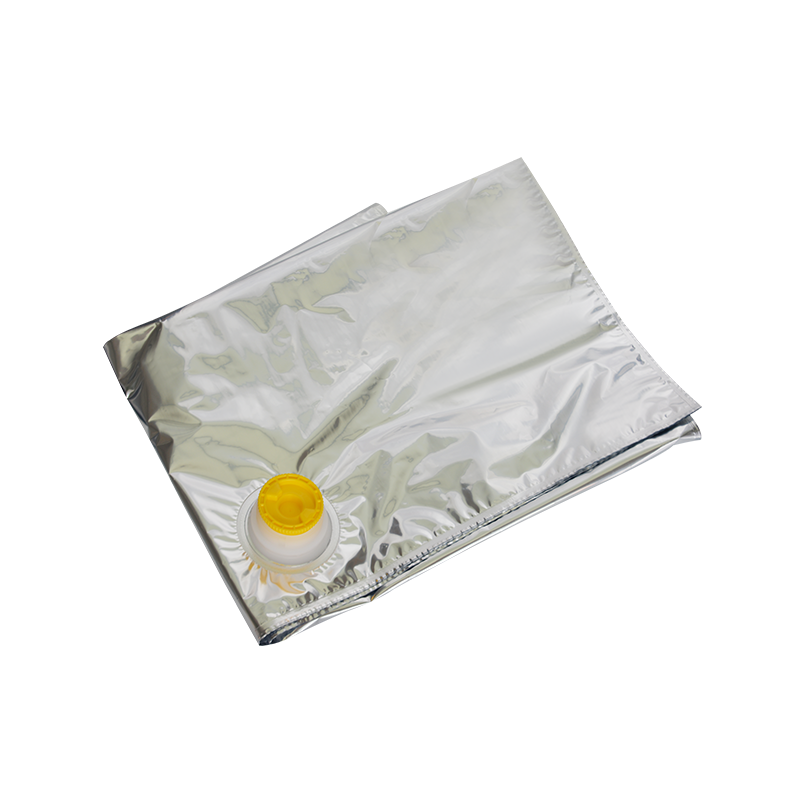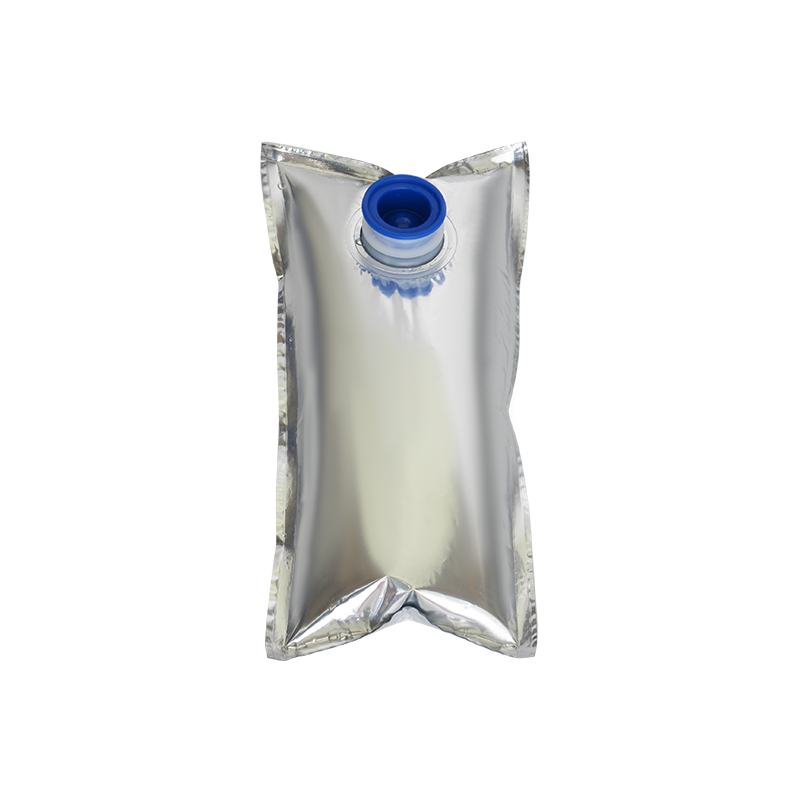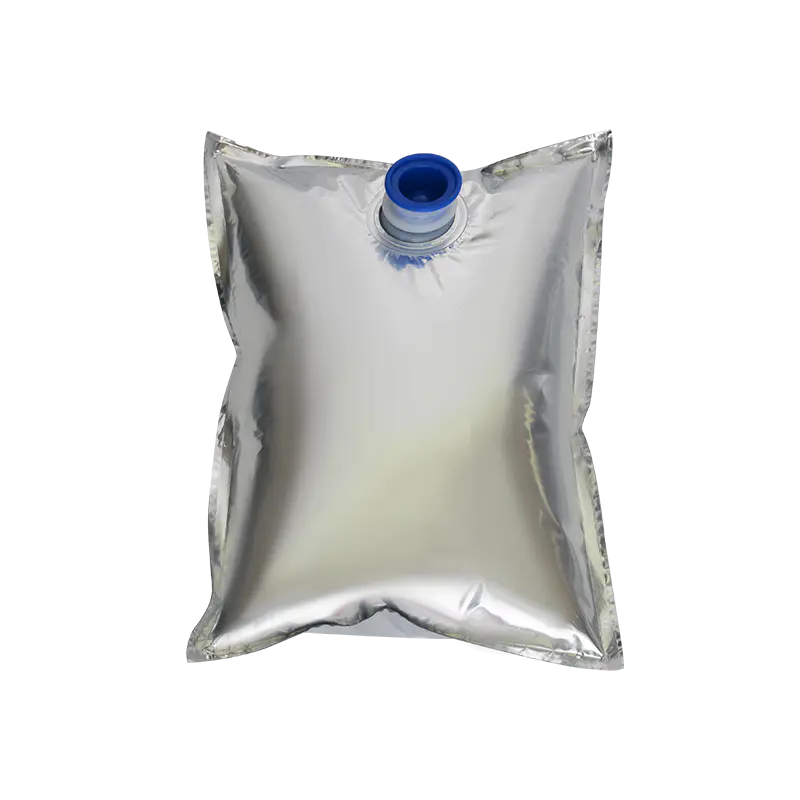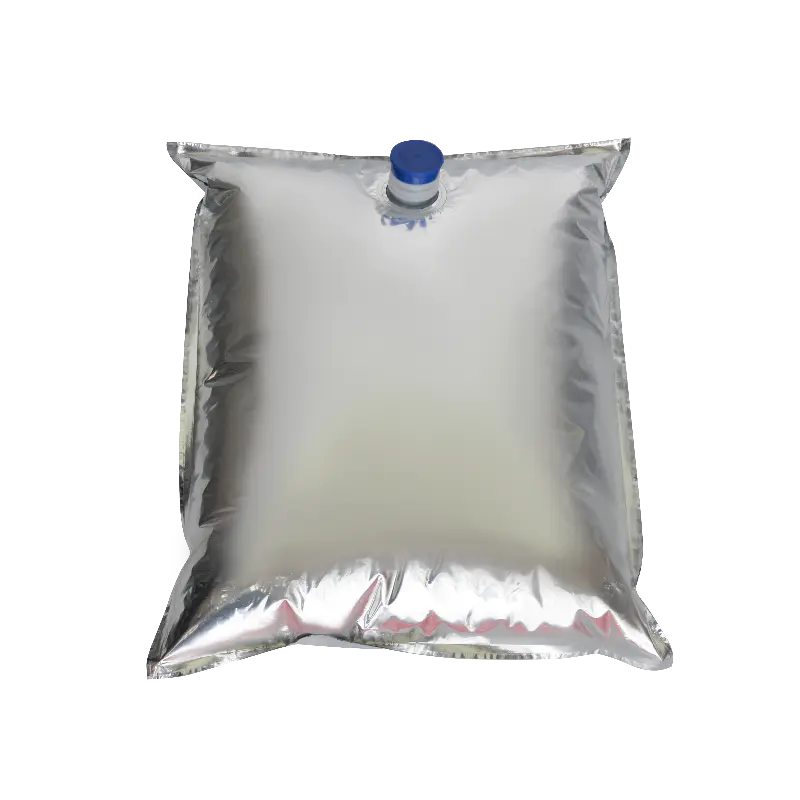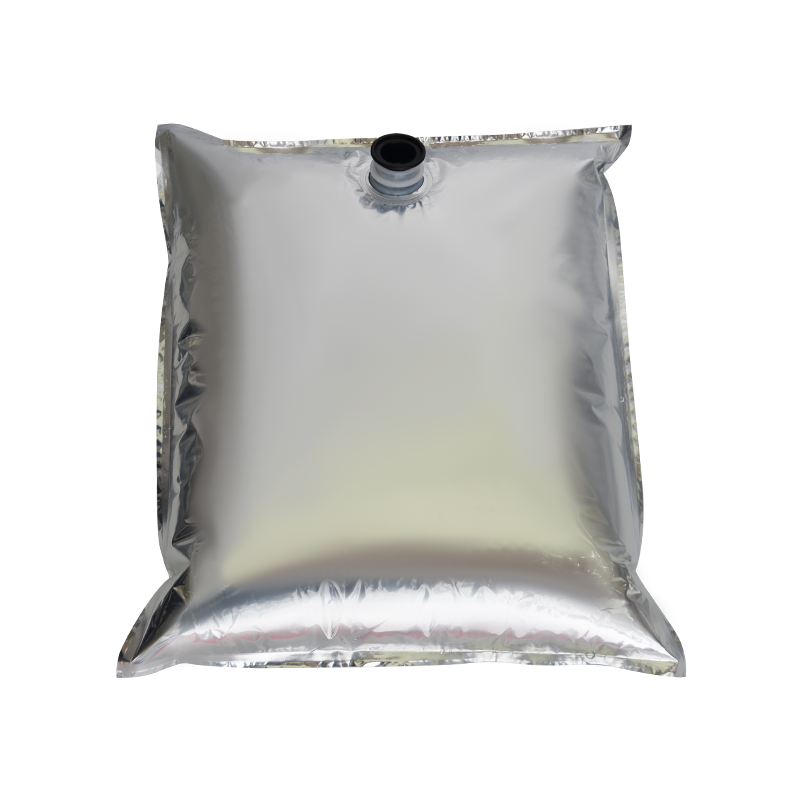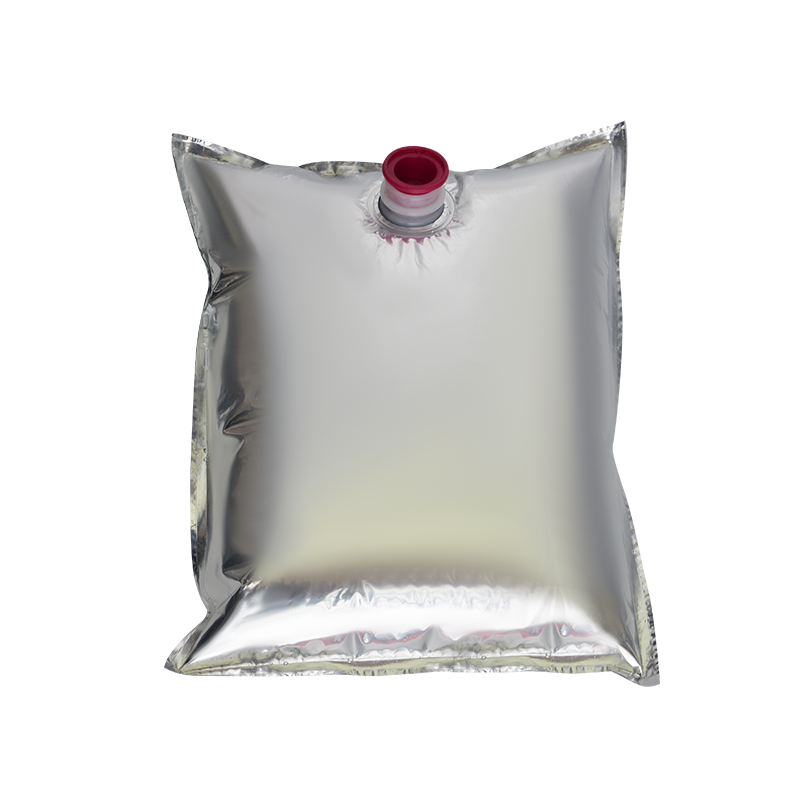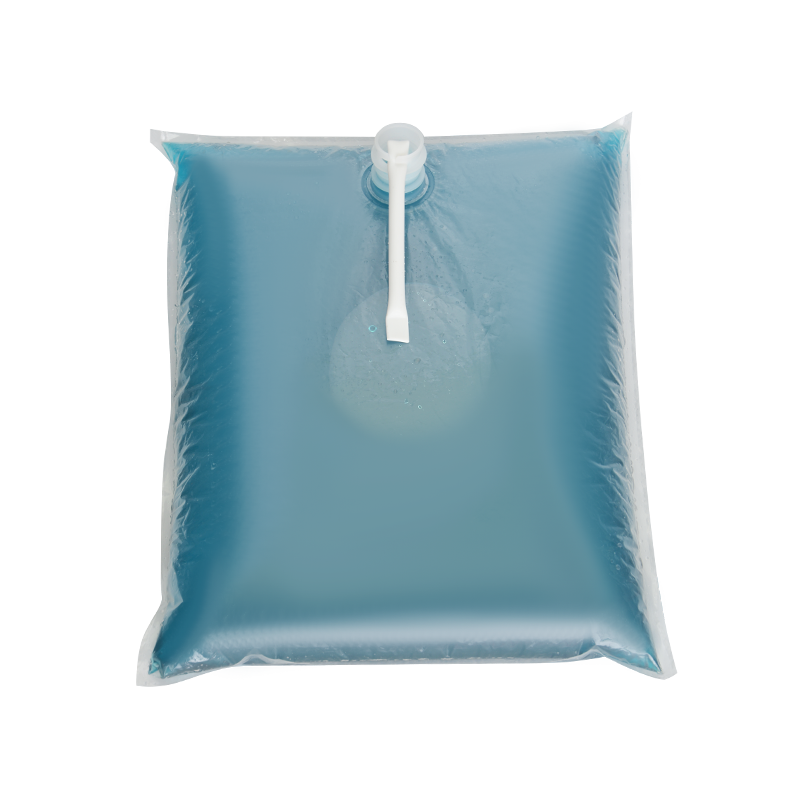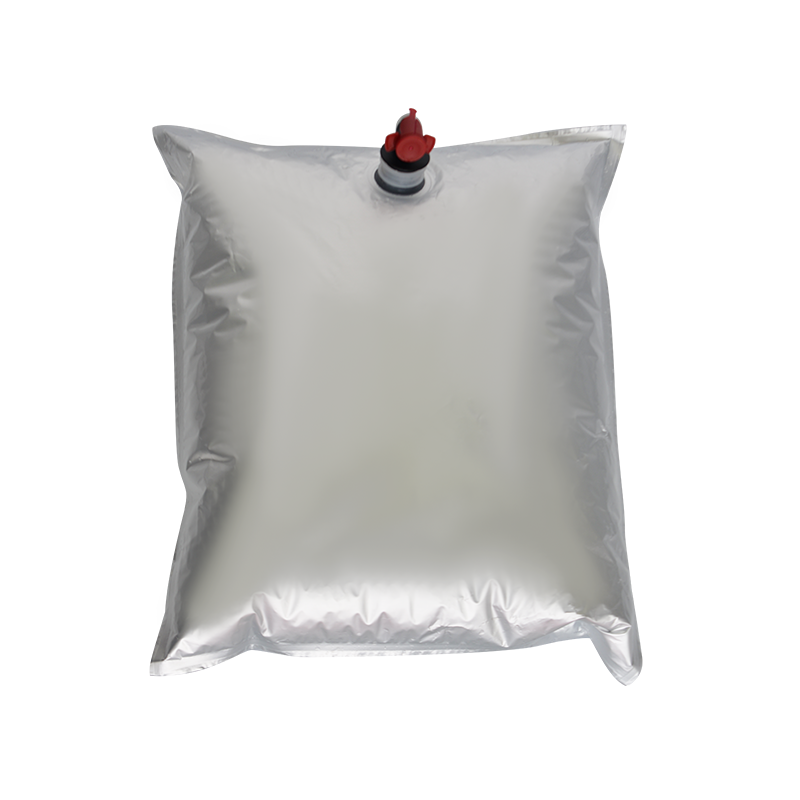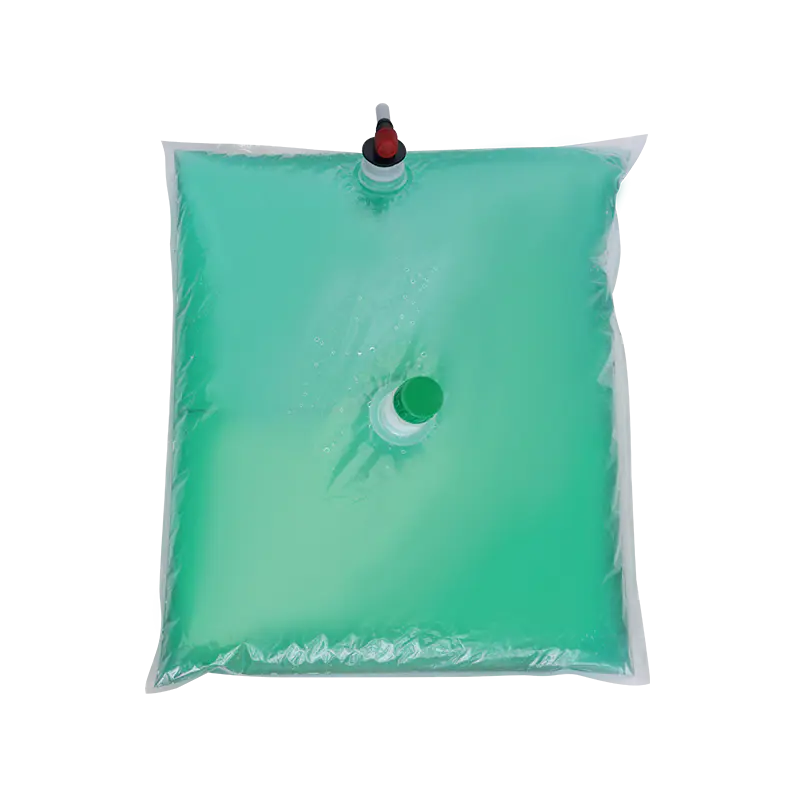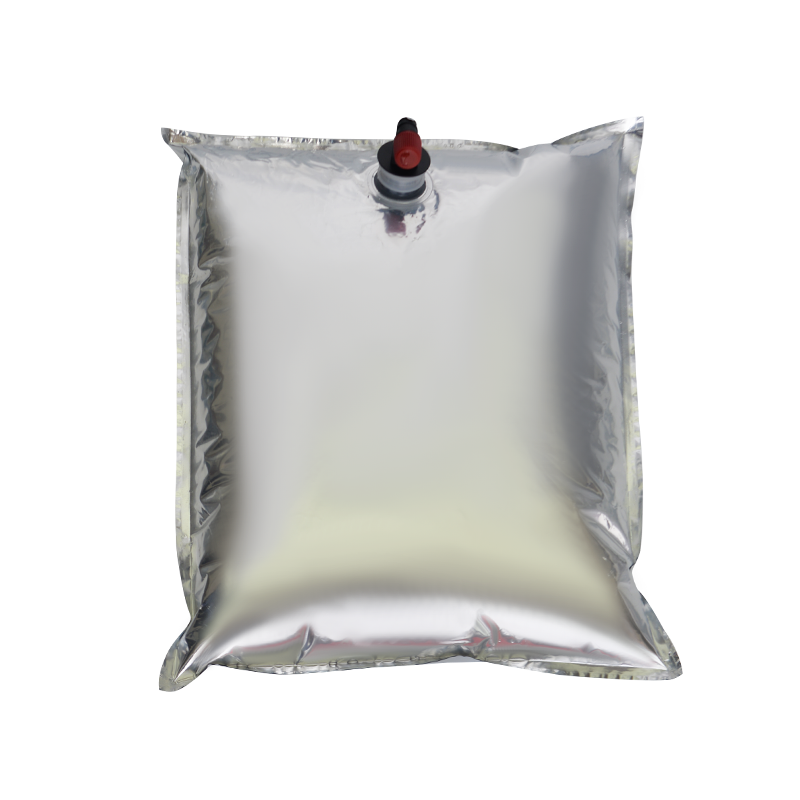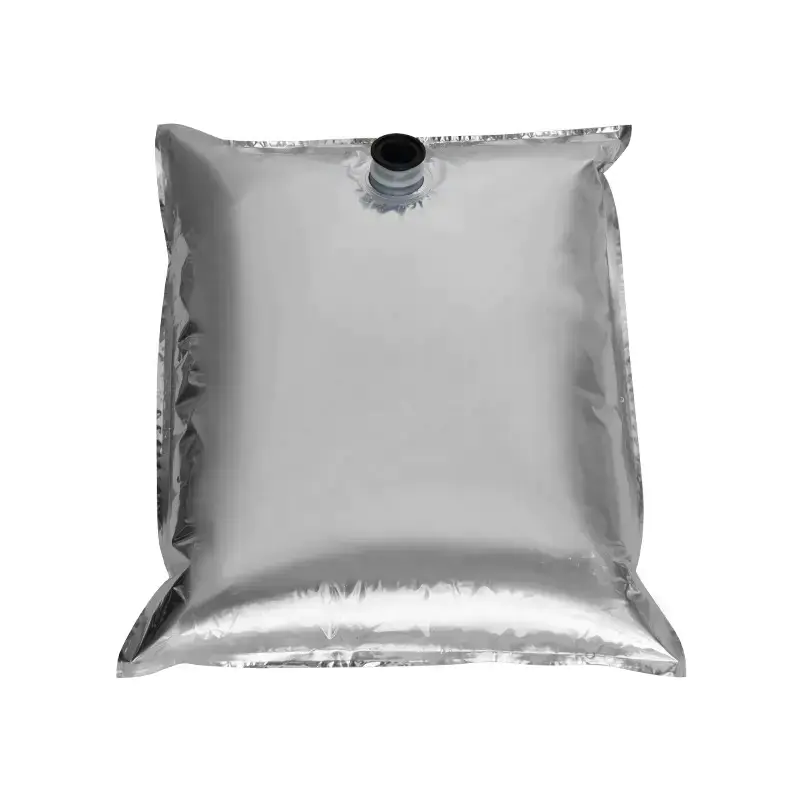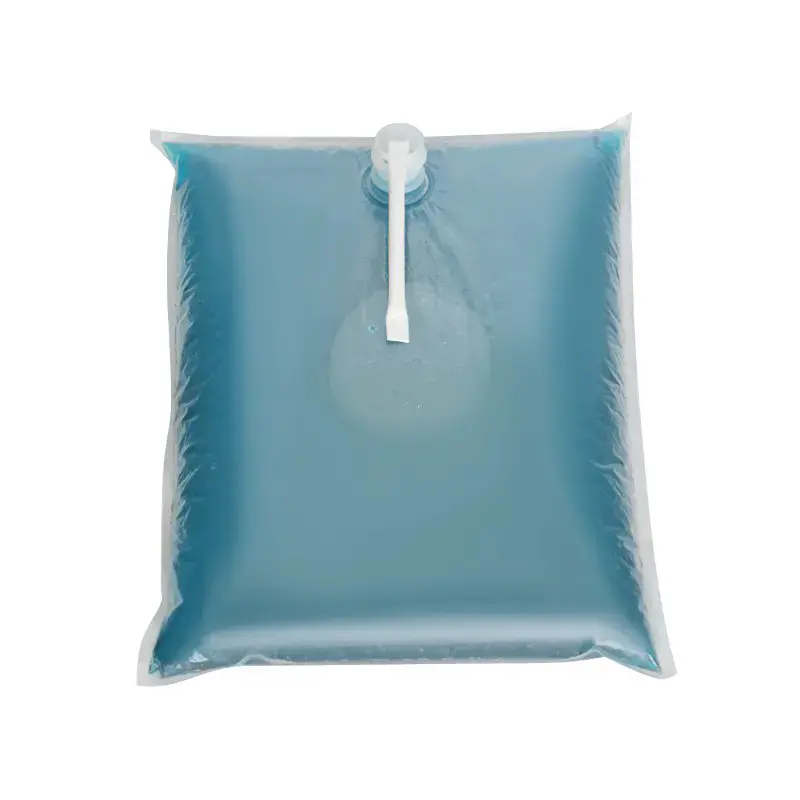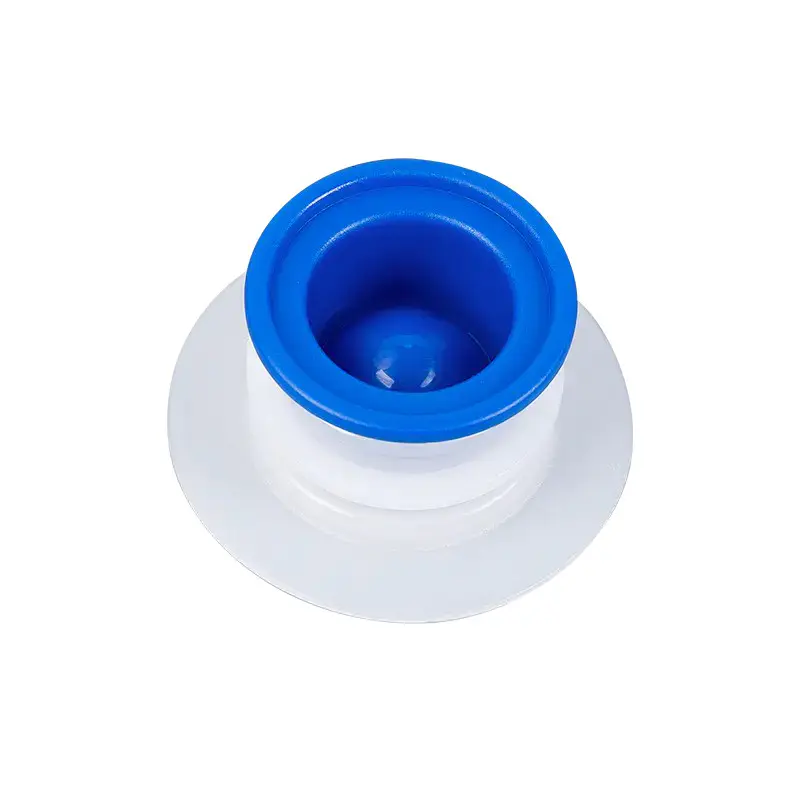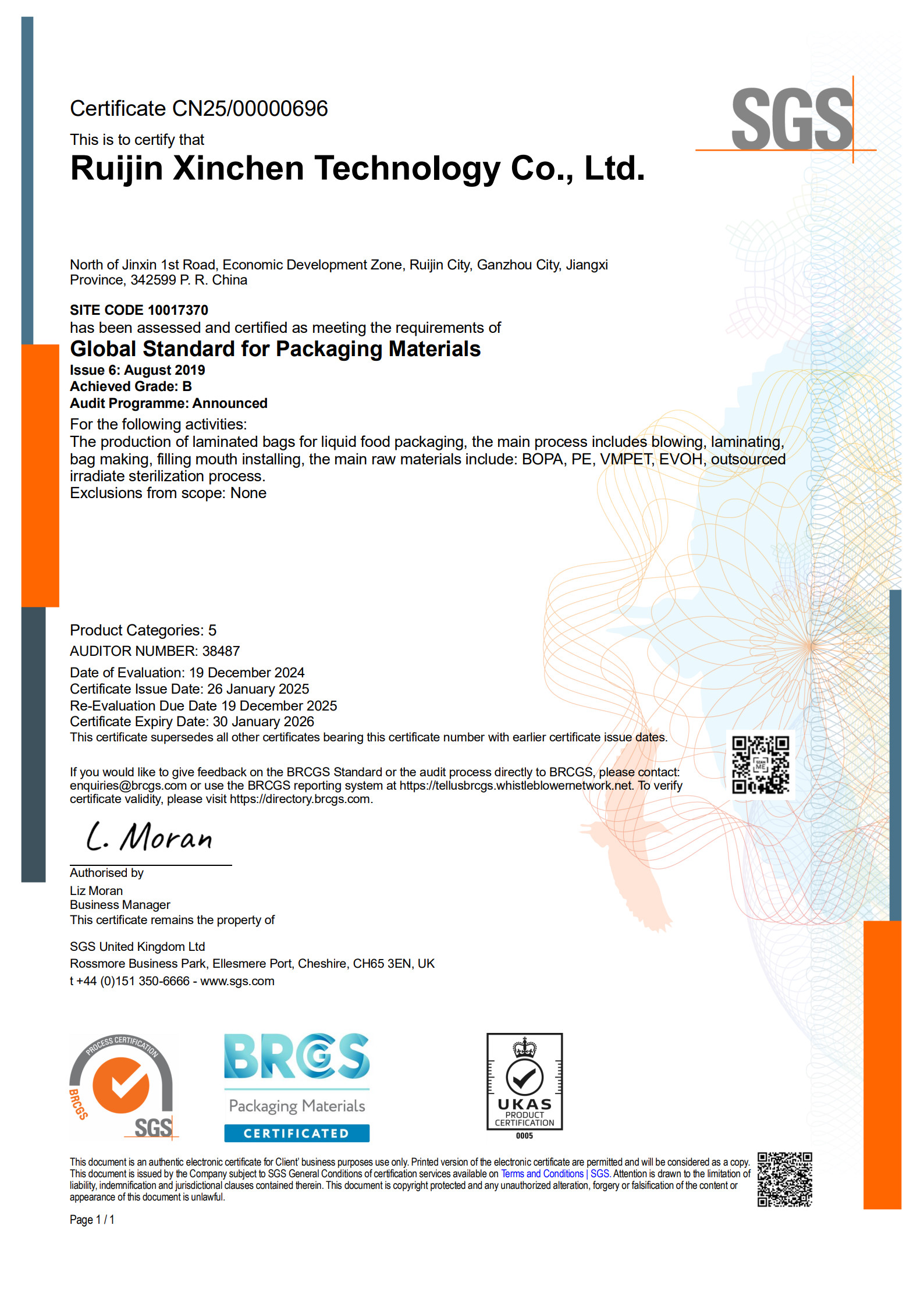
With the rapid development of the food and pharmaceutical industries, the importance of packaging technology has become increasingly prominent. Aseptic bags, in particular, are becoming a focus of attention within the industry due to their superior freshness preservation, ease of use, and safety.
Technical Principles of Aseptic Packaging Bags
Aseptic packaging bags are a packaging solution that enables aseptic filling and maintains the sterility of the contents for extended periods. Their core principle is to completely isolate the bag from contact with air and microorganisms during the packaging process, effectively extending the shelf life of the product. Aseptic packaging relies not only on advanced packaging materials but also on high-precision sterilization technology and filling equipment to ensure microbial control throughout the entire production and packaging process.

Under aseptic conditions, liquid, semi-liquid, and powdered products can be stored for extended periods without refrigeration, which is particularly important in the food industry. Furthermore, the pharmaceutical industry relies on aseptic packaging to ensure the safety and efficacy of products such as injectable solutions, infusion solutions, and reagents. The core technology lies in the synergistic effect of multi-layer composite materials, which protects the product's activity and quality by blocking oxygen, moisture, and light.
Material Selection and Structural Design
Aseptic packaging bags typically utilize multi-layer composite materials, with each layer performing specific functions, such as barrier, impermeability, and load-bearing. Material selection directly impacts the packaging's mechanical strength and shelf life. High-barrier films effectively prevent oxygen and moisture ingress, while the inner layer, which contacts the product, must meet food-grade or pharmaceutical-grade safety standards to ensure contamination-free delivery.
In terms of structural design, aseptic packaging bags emphasize optimization of bag shape, sealing method, and interface design. Whether it's a stand-up pouch or a flat-bottom liquid bag, the design must balance filling efficiency, shipping stability, and user experience. The sealing performance of the bag opening and interface is crucial to ensuring sterility and safety, so matching the material and packaging technology is crucial.
High-Precision Production Process
The production of aseptic packaging bags involves multiple processes, including material handling, bag forming, sterilization, filling, and sealing. Modern production lines often utilize automation and closed-loop control technologies to maintain a sterile environment throughout the material transfer, bag forming, and filling processes. High-temperature sterilization, irradiation, and chemical sterilization methods can be selected based on product characteristics.
Standardized and precisely controlled production processes are key to ensuring the stability of aseptic packaging bags. Strict management of production parameters such as temperature, pressure, and humidity, combined with standardized equipment cleaning and operating procedures, can significantly reduce the risk of microbial contamination and ensure product compliance with food and pharmaceutical safety standards.
Market Applications and Industry Trends
Aseptic packaging bags are widely used in the food industry, offering significant advantages for everything from juice and milk to flavored liquids and infant food. Their ease of use and ability to extend shelf life enhance supply chain flexibility while reducing transportation and storage costs. In the pharmaceutical sector, the demand for packaging safety for sterile liquid pharmaceuticals and diagnostic reagents is driving continuous innovation in aseptic packaging technology.

With the increasing adoption of environmental awareness, biodegradable materials and lightweight designs are becoming the future trends for aseptic packaging bags. Companies are exploring material solutions that ensure both sterility and sustainability to meet increasingly stringent environmental regulations. Furthermore, the integration of intelligent packaging and traceability technologies is creating new market opportunities for aseptic packaging bags and enhancing product competitiveness.
Future Development Prospects
Aseptic packaging bag technology continues to mature, its application areas continue to expand, and its market potential is enormous. In the future, material innovation, process optimization, and intelligent production will become the core drivers of industry development. As consumers' demands for health, safety, and convenience continue to rise, aseptic packaging bags will play a vital role in food, pharmaceuticals, and other high-value-added liquid products.
Aseptic packaging bags, an emerging packaging technology in the food and pharmaceutical industries, are gaining market attention due to their superior freshness preservation, ease of use, and wide application potential. From material selection and structural design to production processes and market applications, aseptic packaging bags demonstrate a high degree of specialization and technological innovation. With the improvement of industry standards and technological advancements, aseptic packaging bags will continue to play a key role in the food and pharmaceutical sectors, providing companies with higher quality assurance and economic benefits.

 English
English русский
русский